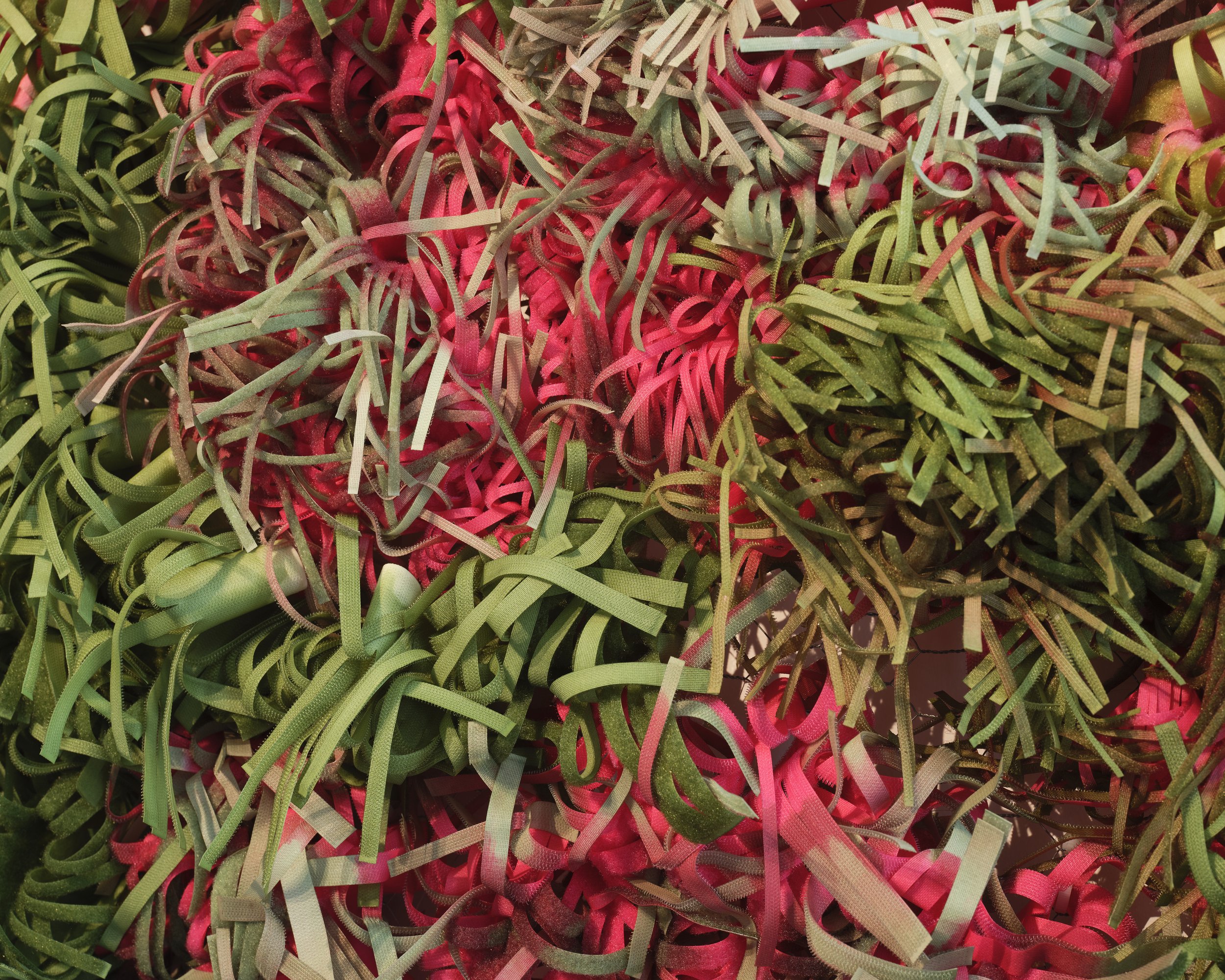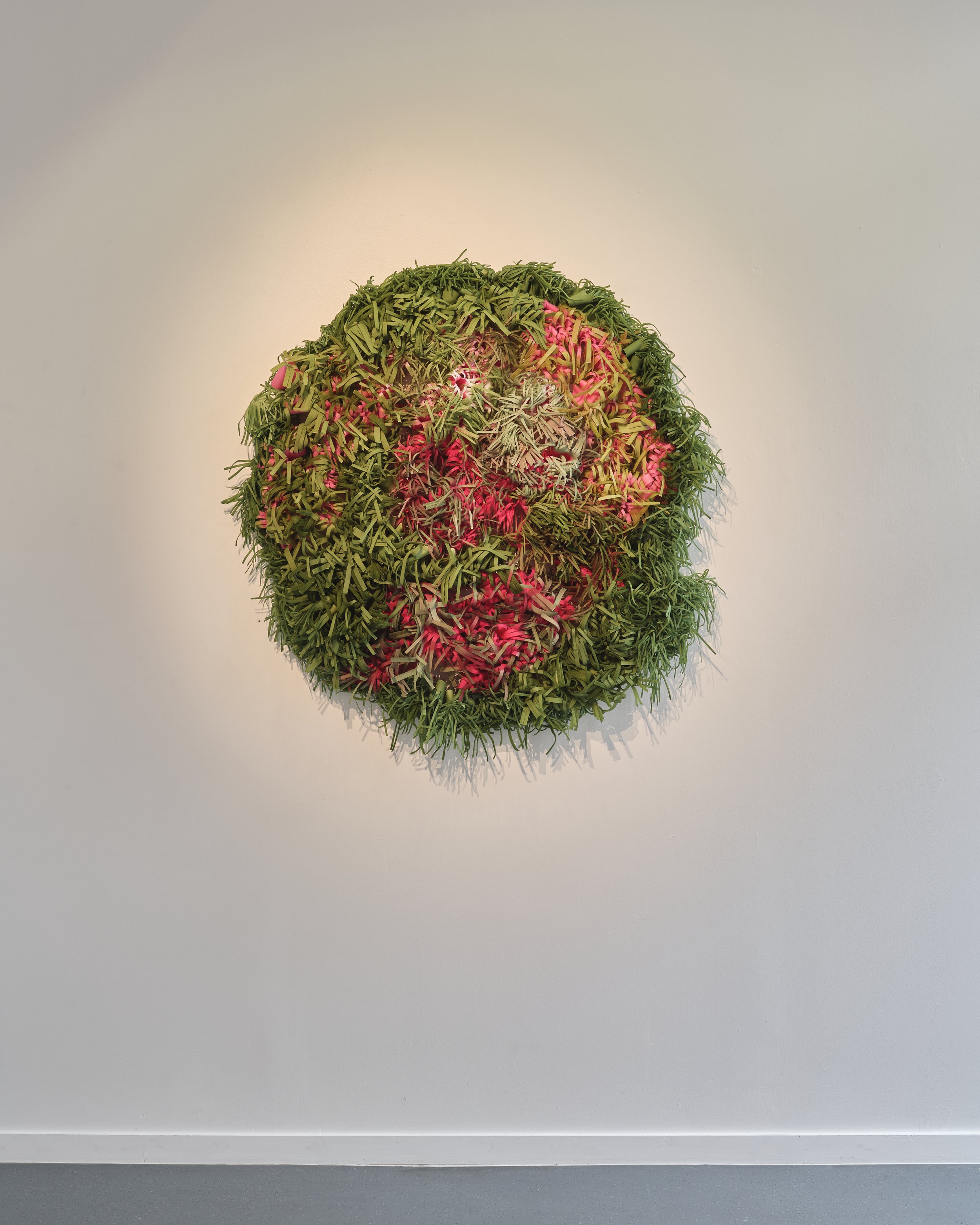





The Curragh Wrens were a group of women in the 1850’s who had impossible choices - death by famine or the workhouse, or alternately to choose survival by any means.

The Wren’s were women who lived on the margins of society. They were destitute, starving and incapable of feeding themselves or their children. They often lived outside garrison towns in the ‘she-barracks’ which could be found throughout Ireland during the Irish potato famine. They had no shelter, so were left to scratch out holes in the soil beneath the furze to sleep in at night - living not dislike the wren birds.

The Curragh Wren’s were infamously singled out by the press during the 1860’s when their stories were recorded through the lens of Victorian morality. Today stories of the wrens are often depicted through contemporary folk songs and literature.

Banned from local towns and subjected to violence and torment the women developed their own community of equality. They lived together in a type of co-operative society sharing in each others wealth, joy or sadness. A consist support to each other when none could be found.
This work takes inspiration form Rachel’s socially engaged practice working with women and children seeking sanctuary from forced marriage, emigration, cruelty and conflict.
The piece is created using velcro which has been pigmented and is then suspended from an aluminium hoop.